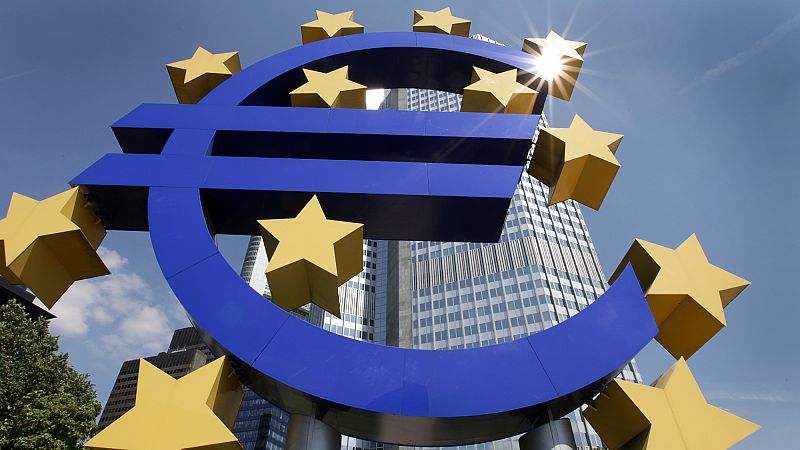
The European Central Bank (ECB) is bracing for renewed economic uncertainty as US President Donald Trump prepares to impose wide-ranging tariffs.
On 2 April, the United States is expected to unveil a new round of “reciprocal tariffs,” a key plank in President Donald Trump’s renewed push to narrow America’s trade deficit.
While the exact scope and scale remain uncertain, speculation has intensified that the White House could impose tariffs of up to 25% on European goods. These duties would build on existing levies already applied to autos and parts, which have increased the cost of vehicle-related exports by as much as 50%.
The potential impact is significant. In 2024, the European Union exported €382 billion worth of goods to the US, according to the International Trade Centre. Of this, €46.3 billion came from vehicles, including cars, motorbikes and parts.
With the US accounting for roughly 10% of total EU exports, the bloc is especially exposed to transatlantic trade friction.
According to estimates cited by ECB President Christine Lagarde, a 25% tariff imposed by the US could lower euro area GDP by 0.5 percentage points and push inflation higher by a similar margin in the first year—assuming the EU retaliates in kind.
This presents a textbook case of a policy conflict: tariffs act as both a supply shock, by making imports more expensive, and a demand shock, by undermining confidence and disposable income.
Policymakers in Frankfurt find themselves grappling with an uncomfortable paradox: should they support growth by easing monetary policy, or lean against the inflationary shock that such duties might unleash?
‘Look through’ the inflation hump?
To economists like Sven Jari Stehn at Goldman Sachs, the answer hinges on the behaviour of inflation expectations.
“Our estimates suggest that US tariffs would have materially negative effects on growth with modest (and temporary) effects on inflation,” he said in a recent note.
The standard policy playbook, Stehn noted, would argue in favour of rate cuts, as long as longer-term inflation expectations remain anchored.
Goldman’s models show that under such assumptions, the ECB’s optimal strategy would be to “look through” the inflation spike and thus lower interest rates.
Goldman Sachs continues to expect the ECB to cut interest rates in April, followed by another reduction to 2% by June.
The risk of inflation persistence
But this calculus shifts dramatically if the initial inflation burst feeds into expectations. If businesses and workers begin to anticipate sustained price rises and adjust wage-setting accordingly, the ECB may be forced to act to prevent inflation from becoming entrenched.
“In this case, we find that the optimal policy could call for tighter monetary policy,” Stehn said.
“The ECB cannot afford to worry about the growth hit from tariffs in this scenario and needs to lean against inflation persistence.”
Yet, he also suggested such second-round effects would need to be “quite strong”—that is, involving a large and broad-based rise in long-term expectations—to justify such a hawkish shift.
For now, wage-setting trends and inflation expectations remain benign enough, according to Goldman, for the ECB to consider easing.
EU response to tariffs may shift focus to US services
Ruben Segura-Cayuela, economist at Bank of America, sees a similar path, albeit with a more cautious pace. “It’s probably not absurd to assume we could see a generic 20% on EU imports, as EU officials seem to think,” he said, referencing recent press reports.
According to his estimates, such a move could put approximately 0.25 percentage points of euro area GDP at risk within a year, with more substantial losses possible if the EU retaliates.
Segura-Cayuela sees retaliation as likely, but warns that escalation may move beyond goods.
“If the US ‘entry bid’ was particularly aggressive, escalation risks stretching beyond ‘just’ tariffs on goods, including EU action on US services, could feature more prominently,” he said.
Such a move could be strategically appealing to EU policymakers if it shields more sensitive parts of the European economy.
Bank of America maintains a high conviction that the ECB’s first rate cut will arrive in April, followed by a reduction to a 1.5% deposit rate by September—though risks of a delay into December cannot be ruled out.
As 2 April approaches, markets will closely watch how the ECB navigates this complex environment where tariffs exacerbate macroeconomic challenges.







